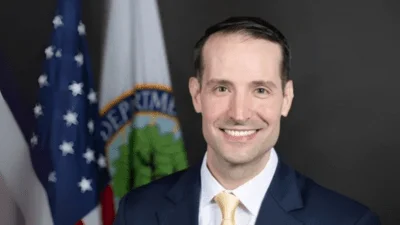A comprehensive report sheds light on the economic challenges plaguing the Midwest region of the United States.
The Economic Policy Institute (EPI) has just recently issued a news release in which it outlines the economic challenges that the Midwest is facing and calls for the implementation of new policies to assist in the region's economic recovery. Nina Mast, who works as an economic analyst for the Economic Analysis and Research Network at EPI, contributed to the article in order to bring awareness to the continuous efforts being made by the region to restore the economic prominence it formerly held.
In the announcement, Mast was quoted as saying, "The Midwest used to lead the country as a region that was replete with high-quality, union jobs and avenues into the middle class. Yet this leadership has been challenged by years of relentless attacks on unions, deindustrialization, and the failures of policymakers to prioritize working families' economic security."
According to the press release, the report reveals a number of noteworthy discoveries, including:
Between the end of the Great Recession and the beginning of the epidemic, the rate at which the median wage in the Midwest increased was the slowest of any region in the country. The pay rise of $0.08 (0.4%) between 2019 and 2022 in the Midwest is significantly less than what is expected to occur in the Northeast and the West.
There are significant racial disparities, despite the fact that the unemployment rate in the Midwest is the lowest in the country (at 3.2%). The unemployment rate for black people is over 2.5 times higher than that of white people in this region.
Since 1979, the number of people in the Midwest who are members of labor unions has decreased drastically, with only one Midwestern state, Minnesota, remaining in the top 10. The proportion of the local population that was a member of a labor union dropped from 28.9% in 1979 to 11.0% in 2022, a decrease of 14.1%.
In contrast to the substantially higher percentages of workers who have access to paid sick leave in the West and Northeast, the private sector workforce in the Midwest only has access to paid sick leave for 72% of its employees.
Poverty rates have increased across the Midwest as well as the rest of the country as a result of the sunsetting of assistance programs. Strong policy actions taken by the federal government during the pandemic helped to reduce the level of poverty.





